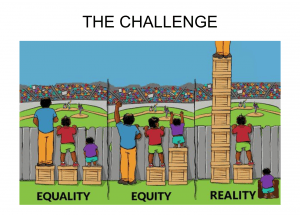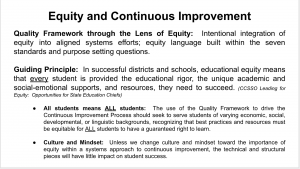“A goal properly set is halfway reached.”
– Zig Ziglar
So on Tuesday, October 23, 2018, at the Regular Meeting of the Board of 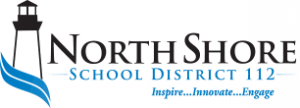 Education, I have the opportunity to publicly, formally and officially recommend the first phase of our school district’s new Long Range Plan.
Education, I have the opportunity to publicly, formally and officially recommend the first phase of our school district’s new Long Range Plan.
I said the Future is Now and I mean it! Our future depends on us taking the first steps toward modernization and equity. We used Thought Exchange for Community Engagement and we asked for input on configuration, scenarios, needs of the school districts. We then asked about specific examples of 9-8-7 school models with various moves and changes. Exchange 1 yielded clear input and guidance for us (see image below):
The community — even those divided on opposite ends of issues — came to common ground on the fact that the school district needs to focus on Equity, Instruction & Curriculum, Teachers & Staff, 21st Century Facilities, and Consistent Curriculum. This data set is shown below:
We also engaged with scientific telephone polling as well as a second Thought Exchange. In addition we held multiple meetings, in public, live streamed, and video archived, with questions and answers and with a great deal of thought and analysis. The process for Long Range Planning since July 1st has been a great example of community engagement, leadership, planning, and now, recommended action.
On October 30, 2018, the state of Illinois will release the Illinois School Report Cards. This expansive data, on all 852 public school districts in Illinois, will share student performance, new quality ratings as per federal law, as well as other data to inform the public as to the school district and the individual school performance. We are committed to improving every score and every measure, from attendance to math proficiency and growth, for all of our students.
This Long Range Plan as well as ongoing curriculum & instruction efforts all support and complement the efforts and vision for North Shore School District 112 and its current 10 schools and its ultimate configuration of “X” schools to Inspire Innovate and Engage each and every child and staff member in a responsive, responsible and authentic manner!
The story of our District is exciting and the narrative is about to change for the better! Please follow along at #112Leads on Twitter for examples of our excellence and our return to the clear, coherent, consistent, and focused mission of equitable access to excellent educational opportunities for all; and the vision of high quality growth and learning for all children every day.
On Tuesday, I’m recommending that the Board of Education approve (at its meeting on November 27) a $75,000,000 investment in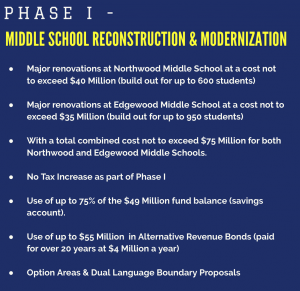 the complete and total upgrade and modernization of both middle schools in the district.
the complete and total upgrade and modernization of both middle schools in the district.
Like I pledged to the community at my February 2018 Meet and Greet, I am leading a process designed for equitable access to excellent educational opportunities for all children at all schools. We are starting with the first steps of 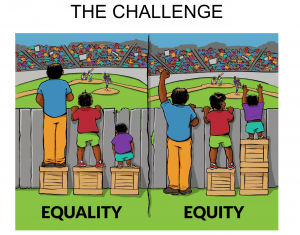 change that will move the district and the communities it serves forward. Below I share excerpts from a local newspaper article highlighting my incoming messaging and vision about leading for equity:
change that will move the district and the communities it serves forward. Below I share excerpts from a local newspaper article highlighting my incoming messaging and vision about leading for equity:
“…He reminded Lubelfeld about the divisiveness that previously existed over perceived or actual inequities between schools on the north and south ends of the district. “That perception, if not reality, has reared its ugly head over the past year or so,” said Henry, who asked Lubelfeld about his ideas to address that.
Lubelfeld said that once the district upgrades its facilities and implements its facilities plan, all buildings will be fresh and modern, and a school on one end of town will feel like a school on another end of town.
The schools also will offer the same learning opportunities for students, and the curriculum – whether in English or Spanish – will be uniform across the district and not specific to individual schools, he said.
“When you see equity of educational opportunity, and you see upgraded facilities that don’t break the bank – or anybody’s bank – things are going to be better,” the future District 112 superintendent said.
“We are not going to have any perceived losers or winners,” he said, adding, “We are all going to win.””
The Long Range Plan recommendation is posted on the District website: https://www.nssd112.org/Long-RangePlanning (https://www.nssd112.org/cms/lib/IL02217852/Centricity/Domain/1018/Long%20Range%20Plan%20Recommendation%20Oct%2023%202018.pdf)

Excerpts from the Long Range Plan Recommendation are shared in this blog post for reference:
“This Long Range Plan Phase I Recommendation is focused on equitable access to educational opportunities for all students in modernized learning facilities designed to support academic and social-emotional learning and growth. This is the first set of steps designed to improve education in North Shore School District 112 (NSSD112).
…our number one priority is to ensure that students achieve academically, socially, and emotionally. To achieve this goal, we have been focusing on our motto: Inspire…Innovate…Engage. …This year’s intense focus on providing a guaranteed and viable curriculum for all students in all schools every day is the result of the district losing its way and steering into non-educational focus areas over the past 7+ years. … Phase I will impact all students in the school district since every child will attend Northwood or Edgewood before matriculating to high school.
We proudly serve the people of Highland Park, Highwood, members of the United States military on Ft. Sheridan, and residents of the the Town of Ft. Sheridan in Highland Park. … Together with the Board we will lead the district back to a position of greatness and leadership. …
This first phase can be done without a tax increase to residents. We are quite proud that this first phase moves us ‘light years’ ahead of where we are; we are mindful that learning from past history, we cannot repair in one fell swoop that which has been broken over time. …
This first phase, to address long overdue needs at the two middle schools, will address and affect and impact long overdue improvements to educational quality, facilities, equity, student learning needs, and overall community growth at the middle schools. …
Even after spending around $75 million on both middle schools, the financial realities and needs will exist in terms of the district needing more than $70 million in remaining facility needs in the K-5 and PK school sites. With phase I, we are dedicated to creating the best middle school experience possible for our students by impacting the two facilities that will serve all of our students. …Right now we want to make significant investments into the middle school facilities where all children in the school district will attend prior to completion of their elementary school careers.
The revised, updated, draft Long Range Plan Phase I (to be formally recommended for approval to the Board of Education at the November 27, 2018,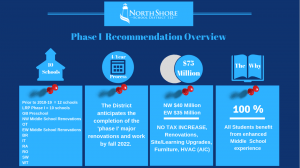 Regular Board meeting) calls for the following:
Regular Board meeting) calls for the following:
- Major renovations at Northwood Middle School at a cost of approximately $40 Million (build out for up to 600 students)
- Major renovations at Edgewood Middle School at a cost of approximately $35 Million (build out for up to 950 students)
- Use $20,000,000 of the $49 Million fund balance
- Use of $55 Million in Alternative Revenue Bonds
- Option Areas & Dual Language Potential Boundary Proposals
- Plan to save/spend $3,500,000 a year on school upgrades, repairs, and modernization.


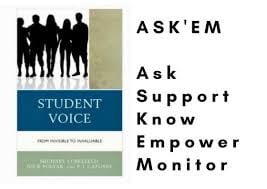 the conclusion of our book and highlights the special end of chapter feature we created: ASK’EM. It’s an acronym for what we suggest throughout the book about how leaders can incorporate student voice … just “ask’em”. The letters represent Ask, Support, Know, Empower, & Monitor, and throughout the book we share examples, suggestions, calls to action, etc. that leaders (and readers) can implement to incorporate student voice in their schools, organizations, communities, and settings! At the end of our book we have a special offer from human capital management firm
the conclusion of our book and highlights the special end of chapter feature we created: ASK’EM. It’s an acronym for what we suggest throughout the book about how leaders can incorporate student voice … just “ask’em”. The letters represent Ask, Support, Know, Empower, & Monitor, and throughout the book we share examples, suggestions, calls to action, etc. that leaders (and readers) can implement to incorporate student voice in their schools, organizations, communities, and settings! At the end of our book we have a special offer from human capital management firm 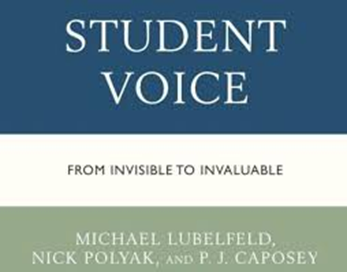



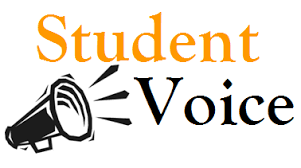


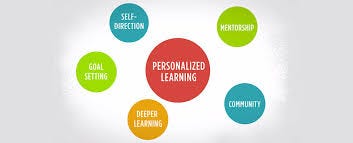




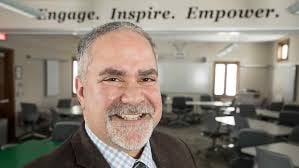
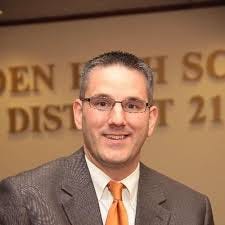
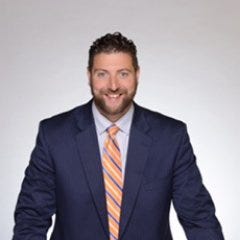
 The quote from Theodore Roosevelt captures the spirit of the opportunities we have in North Shore School District 112 at this time! We have the opportunity to do what we can (make changes to improve educational outcomes, facilities, and equity one step at a time), with what we have (accumulated fund balance savings as well as a limited bond issue paid for out of operation funds) where we are (in 2018 with 10 schools in operation for 3852 students grades PK-8).
The quote from Theodore Roosevelt captures the spirit of the opportunities we have in North Shore School District 112 at this time! We have the opportunity to do what we can (make changes to improve educational outcomes, facilities, and equity one step at a time), with what we have (accumulated fund balance savings as well as a limited bond issue paid for out of operation funds) where we are (in 2018 with 10 schools in operation for 3852 students grades PK-8).